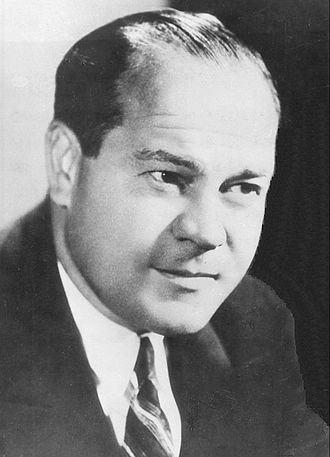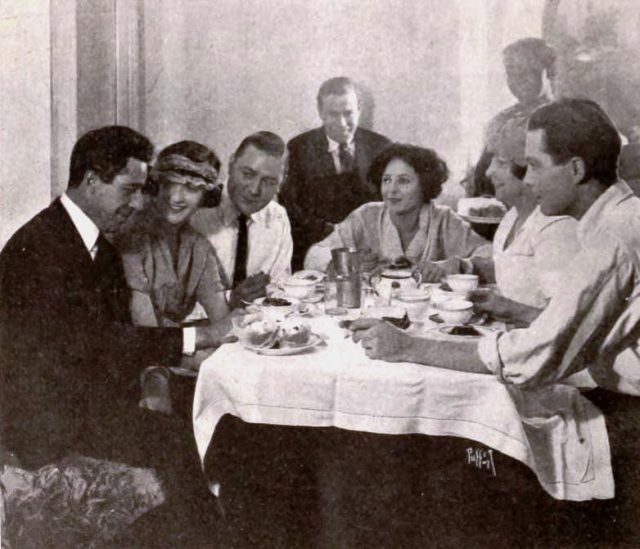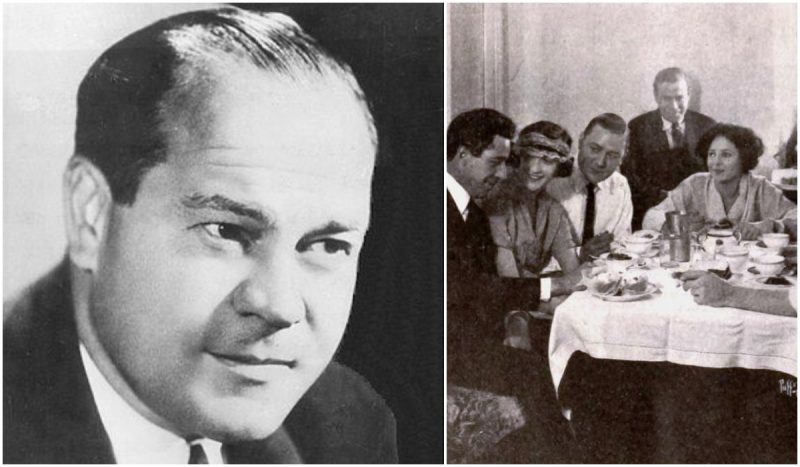Although Eddie Mannix was a name that never appeared on the big screen, it was always well known in Hollywood and the movie industry. Eddie Mannix served as a studio executive and a producer at Metro-Goldwyn-Mayer during the studio’s golden years (1924-1962), but he also had one more important job: fixing the problems that movie stars and personalities had in their private lives. His job as a “fixer” made him well-known and feared as somebody not to be messed with. More recently, the life and work of Mannix served as an inspiration for the latest Coen brothers feature called Hail, Caesar!
Set in 1951, this movie offers an entertaining look inside the movie-making machinery of Hollywood through the eyes of a “studio fixer”. His job is to protect movie stars from situations that can cause massive scandals, so to achieve that, he must unleash his creativity and often deal with rather shady people. Being loosely based on the life of Eddie Mannix, the movie depicts some real situations and happenings from the history of Hollywood in which Eddie was involved.
To understand the film, one must know about the dealings Mannix was involved in. While Louis B. Mayer, one of the co-founders of MGM, was trying to promote the studio as family friendly as possible, Mannix and his publicity department did all of the dirty work involved in maintaining that image. Here are some of the things he did during his day-to-day job in the studio. It turns out that the reality of Hollywood was darker than the glamour we often see depicted in the movies.
During the 1930s one of the MGM executives was involved in a rape allegation. Mannix was called on the case and swiftly managed to destroy the charges regardless of the fact that the victim, Patricia Douglas, already went to the district attorney and presented her case.

There is one real-life situation that is shown in Hail, Caesar! and is probably one of Mannix’s greatest cover-ups: the arranging of Loretta Young’s adoption of her own child. A secret that was carefully kept for more than 65 years. Apparently, the young Loretta Young had an affair with her married co-star Clark Gable during the filming of The Call of the Wild (1935). The affair ended up with Loretta getting pregnant while being unmarried, which was a huge taboo during those years. Mannix managed to stage a huge cover-up in which the pregnant Loretta disappeared in Europe for 19 months and then reappeared again, claiming that she adopted her own newborn daughter. She told her daughter, Judy Lewis, the truth when she turned 23.
This other story is about a controversial suicide and involves Mannix in a personal way. George Reeves was the actor who portrayed Superman in the original TV series (1952-1958), but unfortunately, he had an affair with Mannix’s wife, Toni. His life soon changed. After having a few car accidents in a row, in 1959 he was found dead with a gunshot wound to his head. His death was ruled as a suicide, but there were rumors that Mannix arranged it.
The list of studio cases in which Mannix intervened as a fixer is huge. Some of those were small incidents that were soon forgotten, but some were remembered. For example, he dealt with Judy Garland’s drug addiction in several situations and with Mickey Rooney’s “serial cheater” problem. He also convinced many young movie stars to terminate their unwanted pregnancies and falsely accused innocent people of crimes they didn’t commit in order to protect his stars. This was all in a day’s work for Eddie Mannix.
Mannix wasn’t alone in the business of fixing things for the industry. Besides him, there were many other fixers working on similar cases and, of course, the studio was always there to help him with everything he needed. We mustn’t forget that studios such as Metro-Goldwyn-Mayer had huge resources at their disposal.

The backlot of MGM was a huge property spread over 176 acres, holding 200 permanent buildings that included a dentist and a barbershop. It was literary a small town, with its own railway station and 2700 workers on a daily basis. The studio had its doctors and a specially trained police force that was able to recognize all of the major people involved in the studio’s projects. If something went wrong, those were the people that were called first instead of the LAPD.
Although rarely mentioned, Eddie Mannix was an influential person in the American movie history that made a huge impact on the whole industry.
We have another story for you: Grace Kelly: the Queen of Monaco and Hollywood’s leading lady
Hail, Caesar! is a movie that shows us the bygone era when art, crime, and controversy were mixed up together, making reality as fictional as the films. Mannix was one of the central figures of that time.
